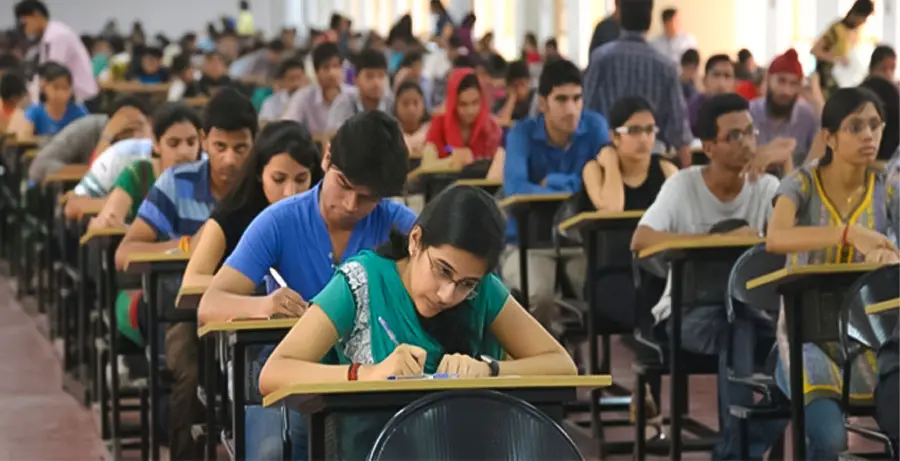Data from Japan’s National Institute of Infectious Diseases shows an alarming increase with nearly 1,000 reported cases of Streptococcal Toxic Shock Syndrome this year, exceeding last year’s total
)
Nandini Singh New Delhi
In the wake of the Covid-19 pandemic, humanity now faces a new threat: a flesh-eating bacterial infection known as Streptococcal Toxic Shock Syndrome (STSS). This virulent infection can prove fatal within 48 hours. Recent data from Japan’s National Institute of Infectious Diseases indicates a troubling surge in STSS cases, with nearly 1,000 reported infections this year, surpassing last year’s total.
What is Streptococcal Toxic Shock Syndrome?
Streptococcal Toxic Shock Syndrome (STSS) stems from Group A Streptococcus (GAS) bacteria, which release toxins triggering an intense inflammatory response in the body. This leads to rapid tissue decay, severe pain, and shock. The infection can swiftly spread through the bloodstream, causing multi-organ failure in a short span.
Click here to connect with us on WhatsApp
Last year saw 97 fatalities due to STSS, marking the second-highest death toll in six years.
What do experts have to say about STSS?
Prof Ken Kikuchi from Tokyo Women’s Medical University highlighted the disease’s swift progression, saying, “Most deaths occur within 48 hours of initial symptoms.” The recent rise in cases may be linked to weakened immune systems post-Covid-19.
We can boost immunity if we are constantly exposed to bacteria. But that mechanism was absent during the coronavirus pandemic,” Kikuchi told Japanese public broadcaster NHK.
“So, more people are now susceptible to infection, and that may be one reason for the sharp rise in cases,” he added.
Global concerns around Streptococcal Toxic Shock Syndrome?
While the outbreak is centred in Japan, there is concern about international spread through travel. Preventive measures such as good hygiene and prompt treatment of injuries are crucial. Immediate medical attention is advised upon noticing symptoms like severe pain, high fever, and redness at a wound site.
Effective public health measures, including monitoring and swift responses to new cases, are crucial to contain this dangerous infection.
Japanese health authorities are actively monitoring the situation, intensifying efforts to curb STSS spread. Public awareness campaigns educate people about symptoms and severity, advocating prompt medical care if symptoms arise. Hospitals are on high alert to diagnose and treat STSS cases promptly, alongside promoting enhanced hygiene practices.
International outbreaks of STSS
Several countries have faced similar outbreaks. In December 2022, five European nations reported a rise in invasive Group A Streptococcus (iGAS) infections to the World Health Organization (WHO), primarily affecting children under the age of 10.
The CDC also investigated a suspected surge in cases during that period. By March, Japanese authorities had issued warnings about an increase in STSS cases, with risk assessments indicating a rise in infections caused by iGAS since July 2023, particularly among those under 50.
The CDC highlights older individuals with open wounds, including recent surgery patients, as at heightened risk of contracting STSS. However, the exact cause of this year’s spike in cases remains unclear. “Experts don’t know how the bacteria got into the body for nearly half of people who get STSS,” the CDC noted on its website.









